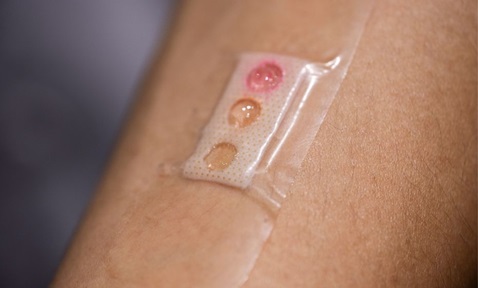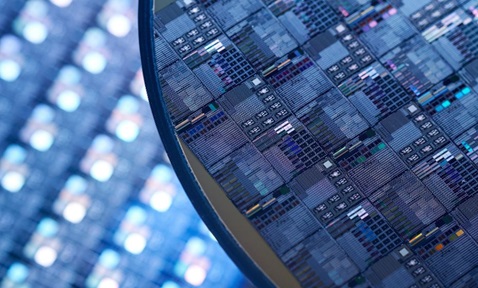
3D Printing with Copper Wire Embedding Method
Synopsis
This invention presents a contactless 3D printing method with conductive copper wire embedding using a lightweight print head. During printing, the copper wire remains flush with the substrate, preventing obstructions. The technology is applicable for 3D printed circuit boards (PCB).
Opportunity
Creating high-conductivity copper circuits on 3D-printed structures used for power and signal transmissions holds significant value in engineering applications. Generally, there are three methods of 3D-printing electronic circuits: filament-based printing, ink-based printing and direct embedding of conductive wires. Existing studies have shown that the direct embedding of conductive wires is the most preferred option compared to the other two. This is because conductive wires have the least resistance, making them useful for high-conductivity circuits. On the other hand, filament-based printing is more suitable for printing resistors or capacitors.
Technology
The main novelty of this invention lies in the full, contactless embedding of copper wire using a lightweight print head made of superior material. During the printing process, the wire is fully embedded, ensuring it does not protrude from the substrate and obstruct the nozzle. This contactless embedding process prevents blockage issues caused by contact between the nozzle and the molten material of the substrate. The strategy adopted during the anchoring and embedding process is innovative, and the print head used is commercially available, making it easy for the individual components to be replaced when needed. This brings convenience and efficiency, significantly reducing manufacturing and repair costs.
Applications & Advantages
Main application areas include direct digital manufacturing for printing objects in a single step without post-processing, and rapid prototyping of high-conductivity circuits with complex functionalities, particularly in 3D-printed circuit boards.
Advantages:
- Direct embedding enables the design of circuits with high electrical conductivity.
- Allows for flexible circuit design and the ability to handle complex geometries.
- Reduces manpower costs and production times.
- Easy replacement of individual print head components, saving on manufacturing and repair costs.














